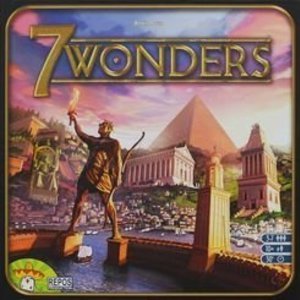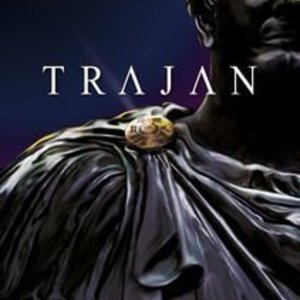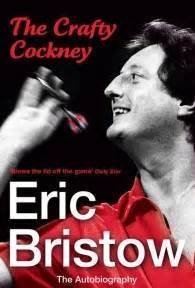Search
Search results
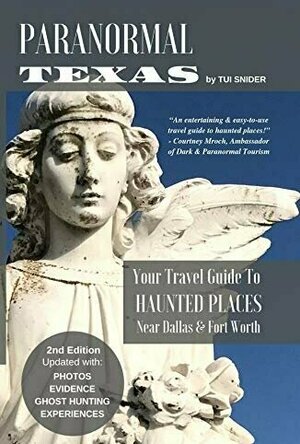
Paranormal Texas: Your Travel Guide to Haunted Places near Dallas & Fort Worth, (2nd Edition)
Book
More Haunted Places and True Ghost Stories! Tui Snider's popular travel guide to haunted places in...
Non-fiction non fiction ghosts Texas Paranormal ghost hunting

Darts Scorer -darts scoring made easy
Sports and Utilities
App
Do you struggle to subtract dart scores from the remaining total to know what is left? I do so I...
Red Otter (340 KP) rated 7 Wonders in Tabletop Games
Jun 7, 2019
7 Wonders is one of my go-to games for larger groups. Capable of handling up to 7 players, it's both strategic and a good casual game. As the game that brought drafting as the primary game mechanic into the forefront of tabletop gaming, it still remains on the top of the list. It does take a game for a new player to understand what they need to prioritize and need to keep an eye out of cards, but once they make it through a round, they'll be enjoying it in no time. Quick gameplay with lots of decision space allows for a fulfilling game that you can look back on and realize oh I should have done this!. There are issues with a lack of player interaction with people not next to you, but expansions do offer solutions to that.
Entertainment Editor (1988 KP) rated Trajan in Tabletop Games
Mar 7, 2018
Trajan
I love Eurogames, and Trajan has many of the components of a strong Eurogame. I find the mancala mechanic very interesting and refreshing. I like how each player has his own board and can work on different strategies to win. It seems like usually players win by focusing on one or two sections of the main game board. I’ve seen people win by using all different combinations of sections, they seem like they can all be used as part of a winning strategy. I appreciate the variety and how the sections seem fairly. I generally dislike games that are so formulaic that a player can find a perfect strategy and use that strategy every time with success. I appreciate the fluidity of Trajan in that way.
Reviewer: Guest Contributor
Read the full review here: http://www.thegamernerd.com/reviews/trajan/
Reviewer: Guest Contributor
Read the full review here: http://www.thegamernerd.com/reviews/trajan/
Sonofdel (6291 KP) rated The Crafty Cokney in Books
Jan 24, 2019
Wonderful insight into the world of Darts
Well this is certainly an interesting read if you grew up watching darts in the eighties. Eric Bristow was by far the best darts player on the BDO circuit and his world titles alone speak volumes. This book examines both sides of him, the ruthless darts player and the subtler and calmer family man. He lifts the lid on some of the other players quirks and habits and a lot of the time this book got me smiling. There are also sad moments where he reflects on the mistakes he made in his life and his family losses. From growing up in London to living in Stoke this book is a wonderful insight into Eric Bristow and the legend that was, is and always will be The Crafty Cockney. :)
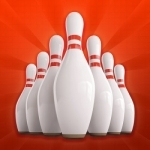
Bowling 3D Extreme
Games and Entertainment
App
1,000,000+ Downloads. Play the best bowling game in amazing realistic 3d graphics. Test your...

Ryan Giggs Fifty Defining Fixtures
Book
Ryan Joseph Giggs, OBE is a Welsh professional footballer and was named as Manchester United's...

